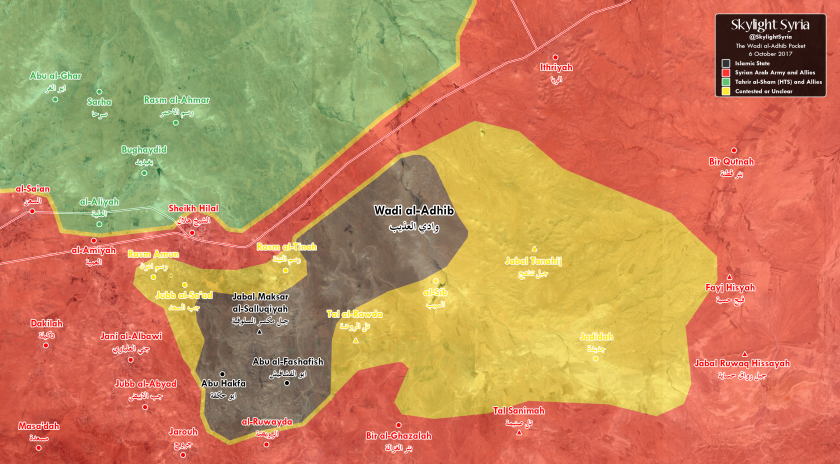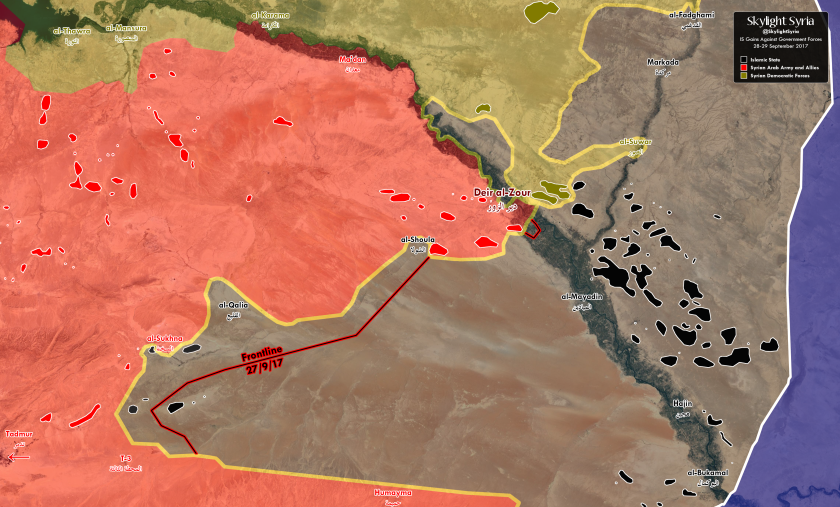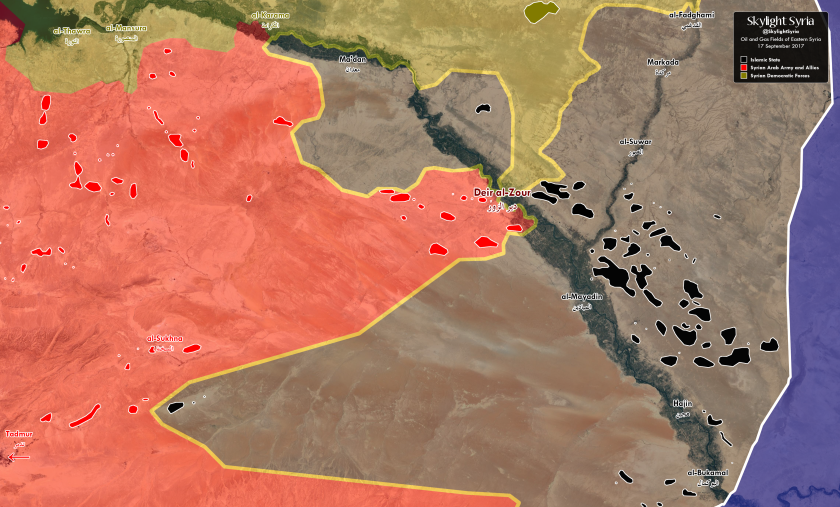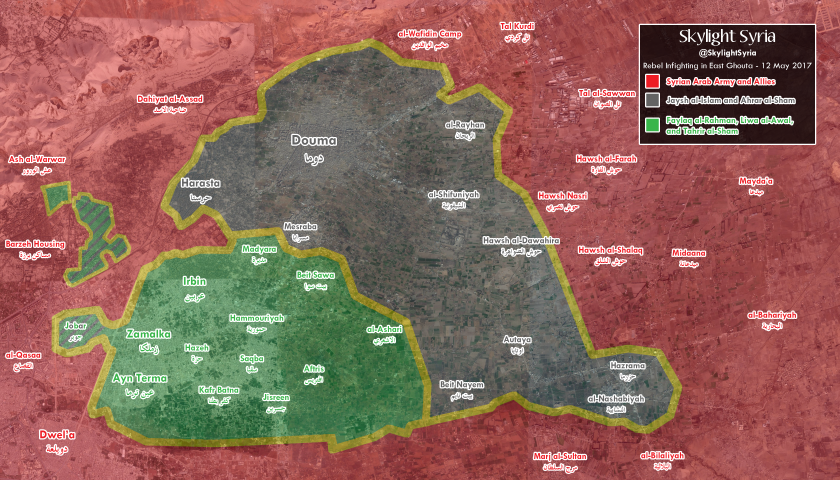
Our previous update can be read here.
Within the sphere of inter-rebel conflict, there have been two major developments in East Ghouta in the month of May. The first is the failure of the initial Jaysh al-Islam offensive. The second is the emergence of the previously quiet Ahrar al-Sham as a major participant in the fighting.
The month began with a turn of events. After several days of losing ground, Faylaq al-Rahman and Tahrir al-Sham began pushing back Jaysh al-Islam.
On 1 May, Jaysh al-Islam was expelled from the village of al-Ashari. Fighting was also reported in the neighboring hamlet of al-Muhammadiyah. That area was confirmed to be in the hands of Faylaq al-Rahman and Tahrir al-Sham by 3 May.
On 3 May, Rahman and HTS entered the much larger population center of Irbin and captured most of it. The next morning (4 May), JaI counterattacked and recovered some points. By the end of the day, however, the group had been expelled entirely from the city.
That same day, Rahman and HTS retook Beit Sawa and Madyara. By this point, most JaI gains had been reversed.
The next morning, JaI announced the end of its offensive. Bizarrely, the group tried to spin their failed operation as some sort of victory, claiming they had succeeded in their primary goal of crippling HTS. On 6 May, Rahman issued a statement declaring victory and confirming that they would not launch any further attacks on JaI. In spite of the statements, fighting has continued, albeit at a lower intensity. Since 5 May, clashes between Rahman and JaI have mainly been taking place in the vicinity of Mesraba, which was captured by JaI on 28 April. Two casualties from sniper fire were reported in the city on 8 May. As of now, the town is still controlled by JaI.
Perhaps more interesting is the consolidation of East Ghouta rebel groups. Such consolidation often occurs during bouts of infighting, as smaller groups seek shelter with larger ones. In East Ghouta, six groups have become four in just a matter of days.
After pushing back JaI, Rahman and HTS turned their attention to the smaller, neutral factions of East Ghouta. On 3 May, Rahman and HTS began assaulting Hammouriyah, home to Alwiyat al-Majd, a small faction which defected from Faylaq al-Rahman in October 2016. Majd issued several statements declaring neutrality.
On 8 May, after five days of clashes, Majd chose to rejoin Faylaq al-Rahman.
Clashes between the Rahman/HTS coalition and neutral Ahrar al-Sham were first reported on 4 May. On 7 May, it was reported that Rahman/HTS had besieged Ahrar headquarters in Irbin. No more news emerged until 11 May, when it was reported that their headquarters in Irbin had been stormed and a commander arrested. Right now, it appears that Ahrar has been expelled from Irbin, though that is not 100% confirmed.
So far, clashes have not spread to Jobar, which is jointly controlled by Ahrar, HTS, and Rahman. If clashes do spread to Jobar, it will likely mean a resumption in fighting across East Ghouta at 28 April-4 May levels of intensity.
Rahman’s apparent aim is to force smaller factions into its fold. This strategy of bullying worked perfectly with Majd, but in the case of Ahrar, it has gone awry.
On 11 May, the same day as the Irbin attack, Fajr al-Umma, previously an ally of HTS, joined Ahrar. In spite of losses taken in Irbin, Ahrar is now the third largest faction in Ghouta.
It is likely that we will now see the emergence of an Ahrar-JaI alliance to counter the extant HTS-Rahman axis.
Such an alliance is fairly natural, as, up north, Ahrar recently absorbed JaI’s Idlib branch and the two groups have both opposed HTS hegemony in Greater Idlib.
In other Ghouta-related news, the town of Beit Nayem – controlled by JaI – has been under attack by the Syrian government since 8 May. JaI has managed to retain control of the town.
The drama has also spread to the Barzeh-Qaboun pocket, though there it has remained online only. On 7 May, rebels in Barzeh signed a “reconciliation” agreement with the Syrian government. Immediately, JaI supporters on social media began accusing Liwa al-Awal, the suburb’s local FSA outfit, primary rebel faction, and ally of Rahman, of preventing the entry of JaI fighters (they claim JaI had a plan to invade Damascus via Barzeh) and being in cahoots with the Syrian government. Cartoons such as this one show their viewpoint:
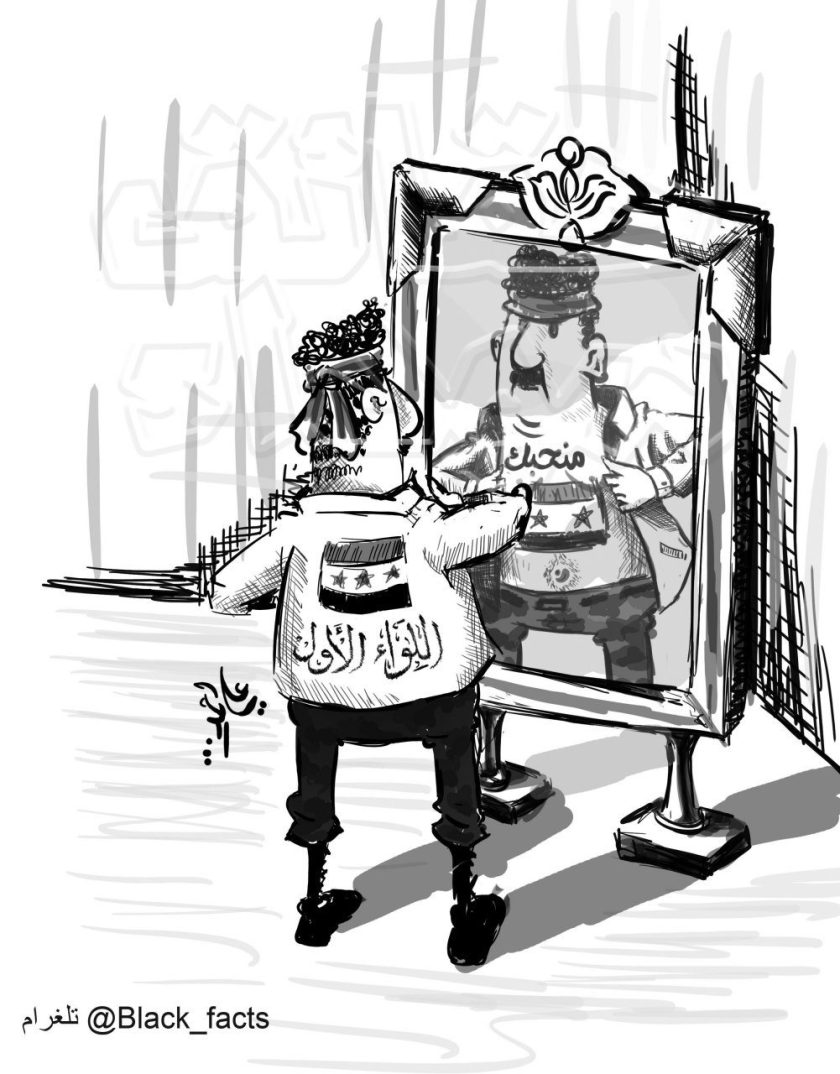
One rebel fighter also accused “the people of Barzeh” (presumably referring to Liwa al-Awal) of hoarding food.
The Barzeh evacuation will reportedly include up to 8-10,000 people in seven batches. Thus far, the evacuation has gone smoothly. This is in contrast to a parallel evacuation agreement in Qaboun (held by Ahrar, HTS, JaI, and Rahman) which has not been implemented at all. This does lend a bit of credence to the claim that Liwa al-Awal has a more cordial relationship with the Syrian government than other factions.
A full-size version of the attached map, which was created using data from Google Maps, can be found here.
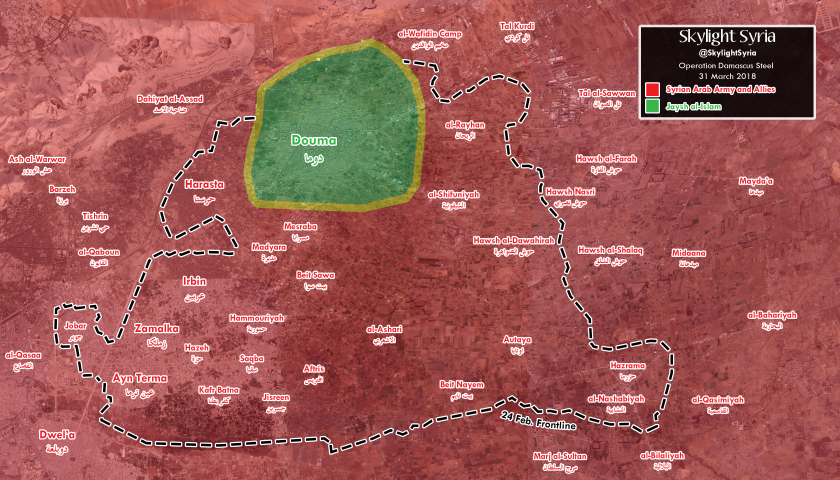
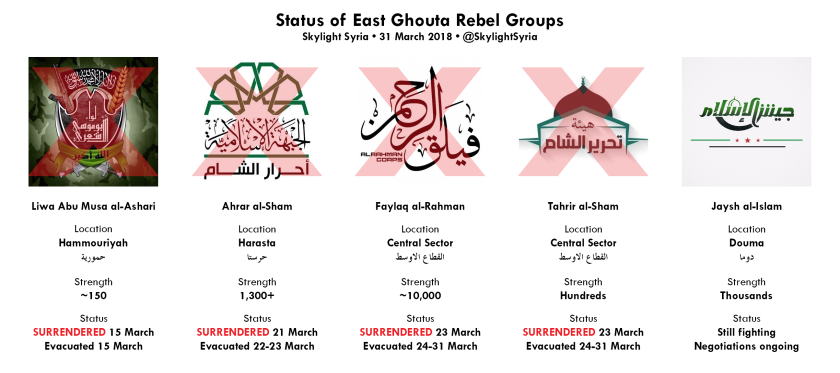

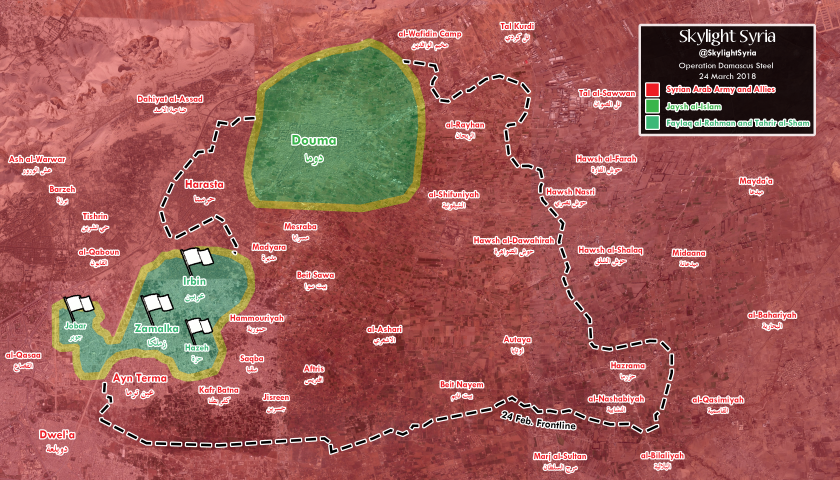
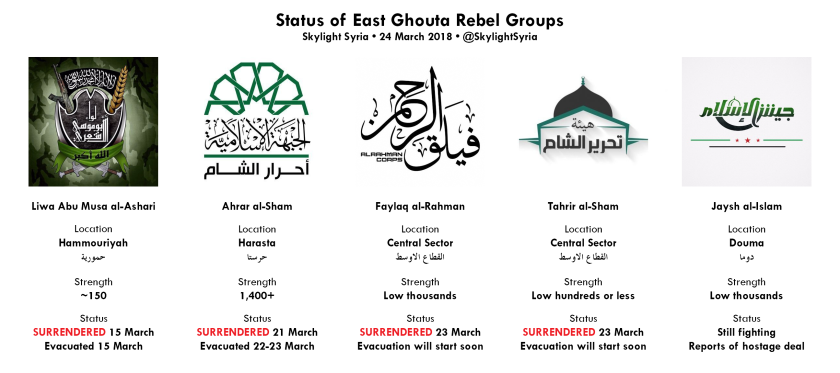
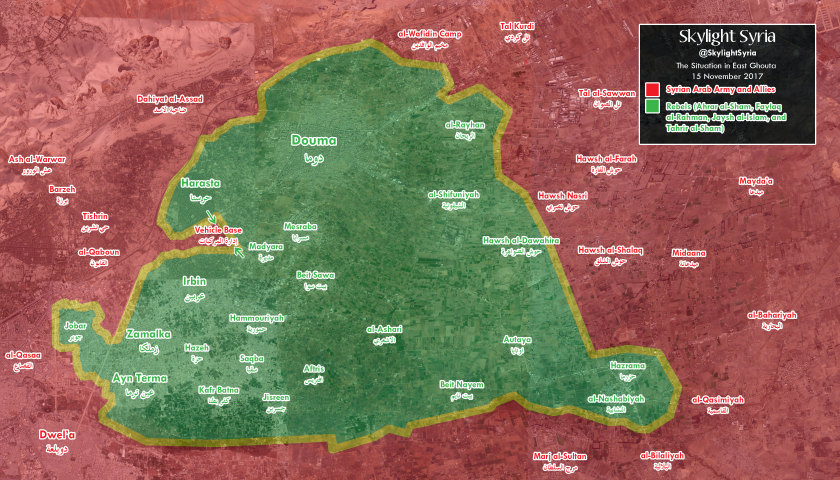
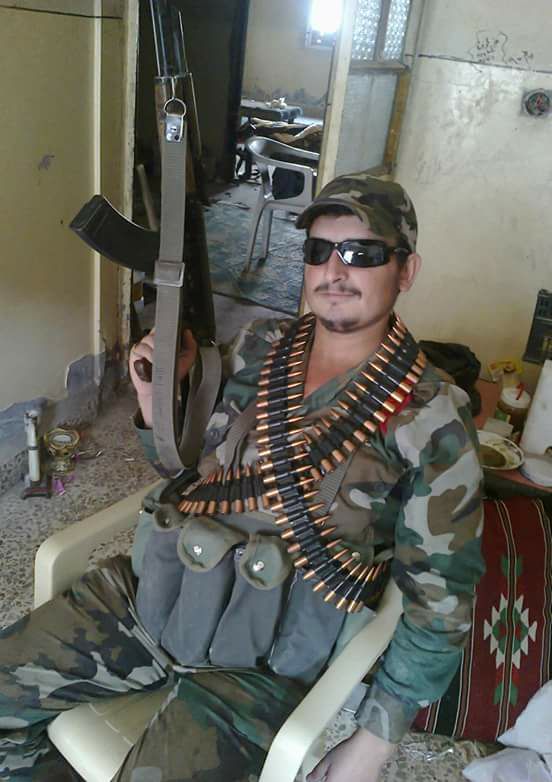


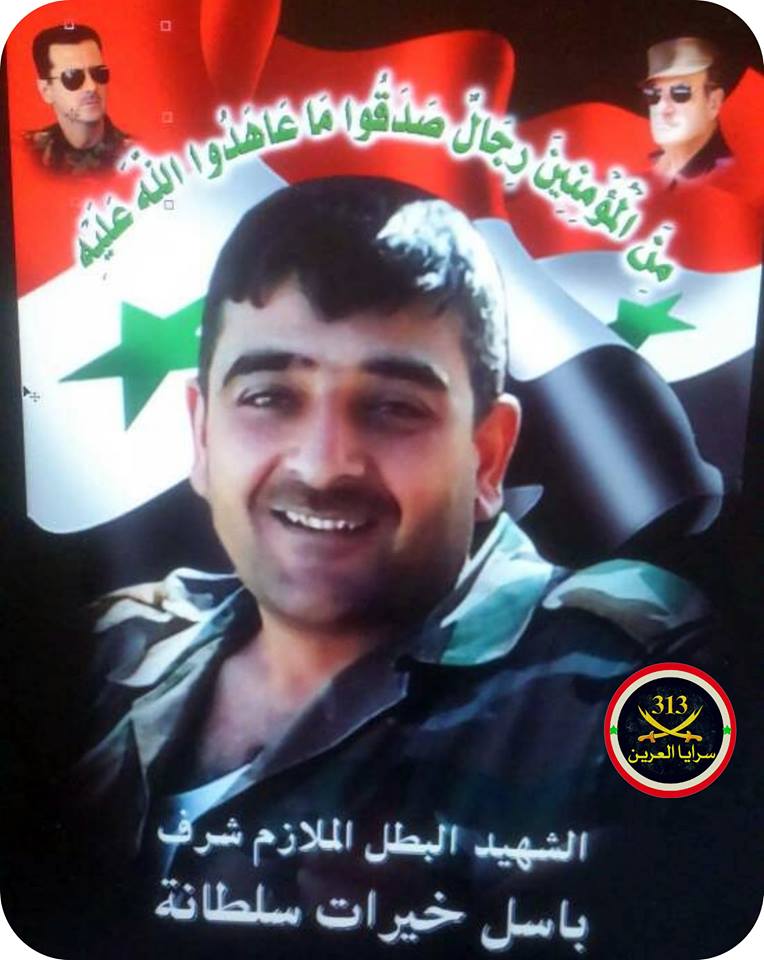

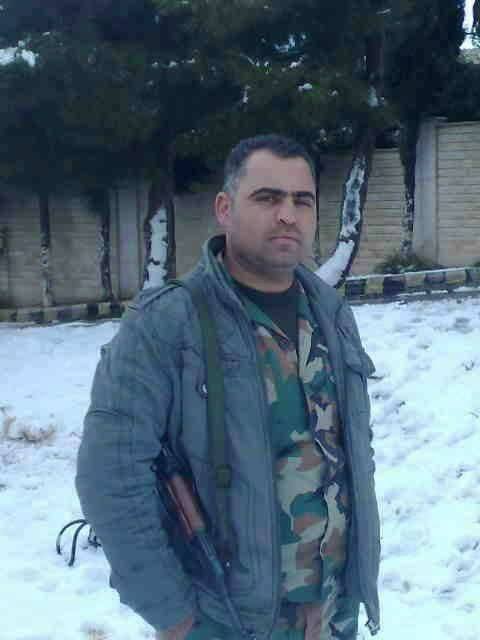
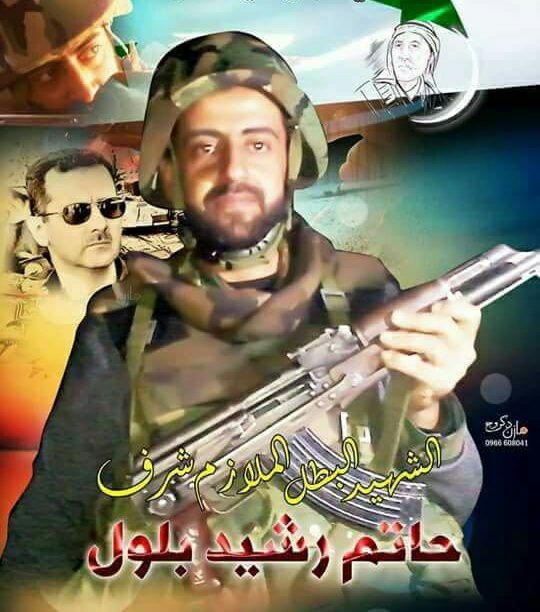
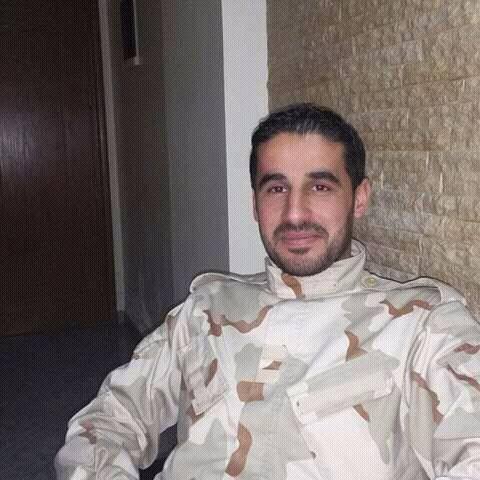

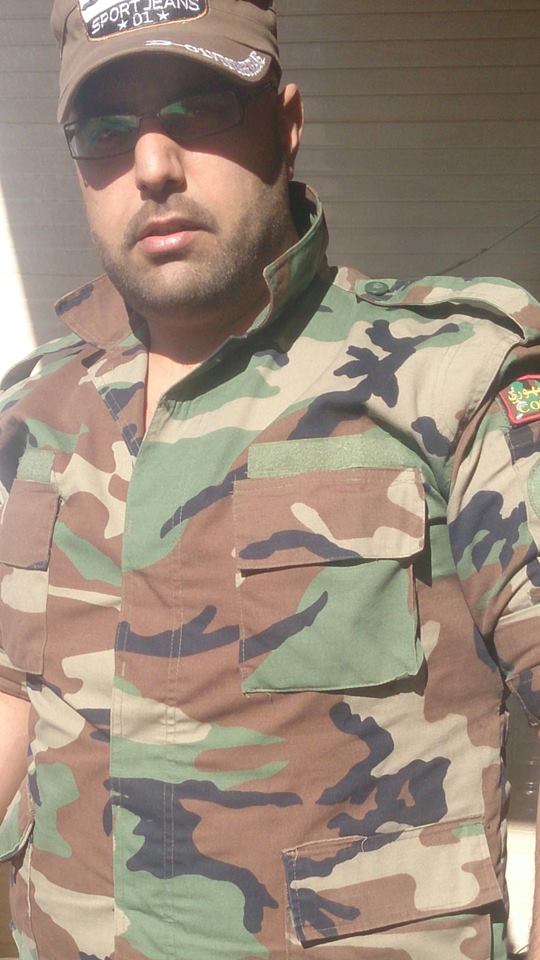
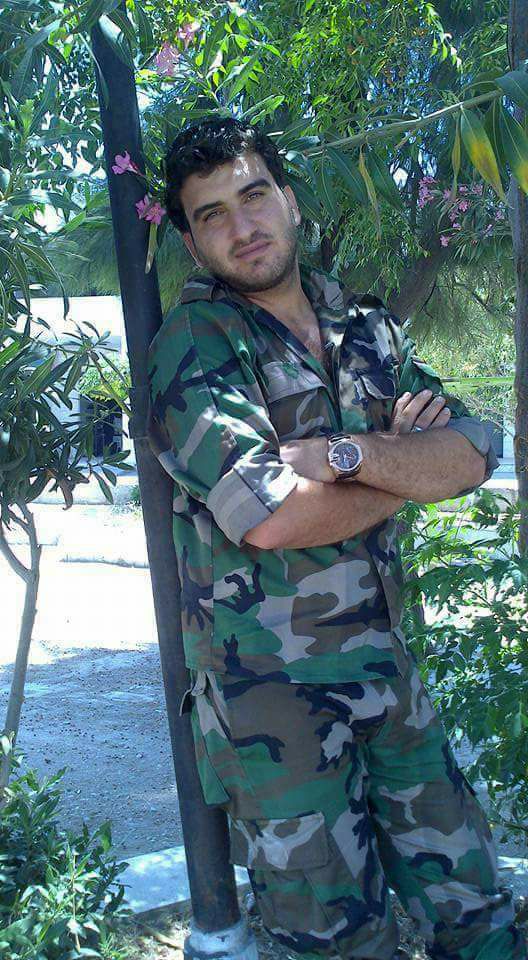
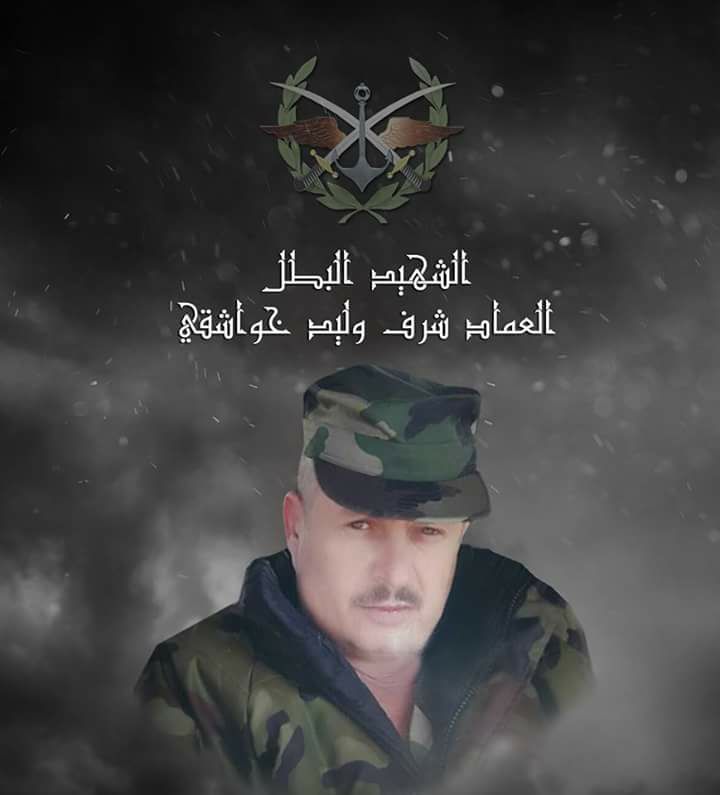
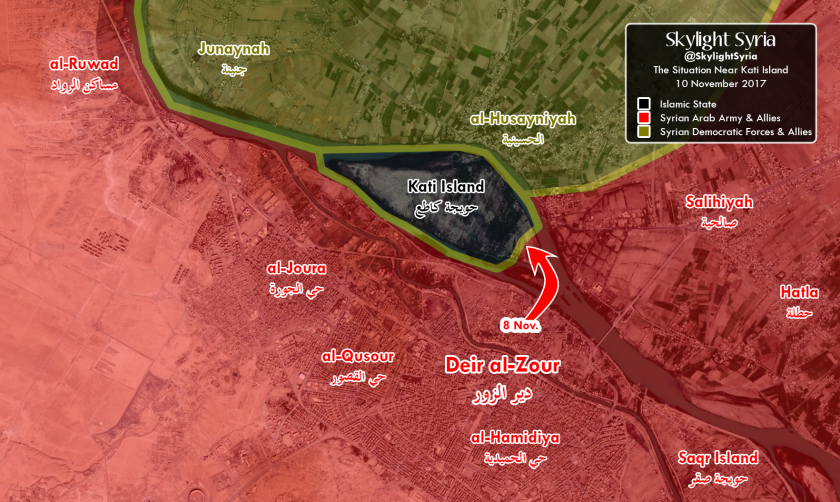
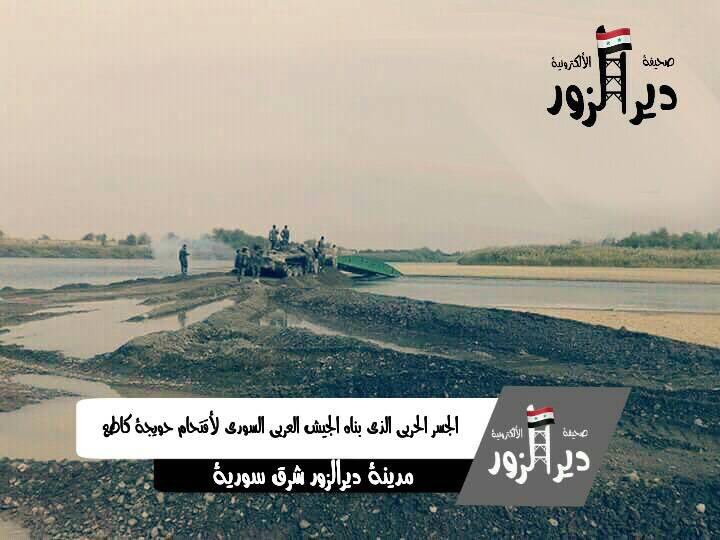
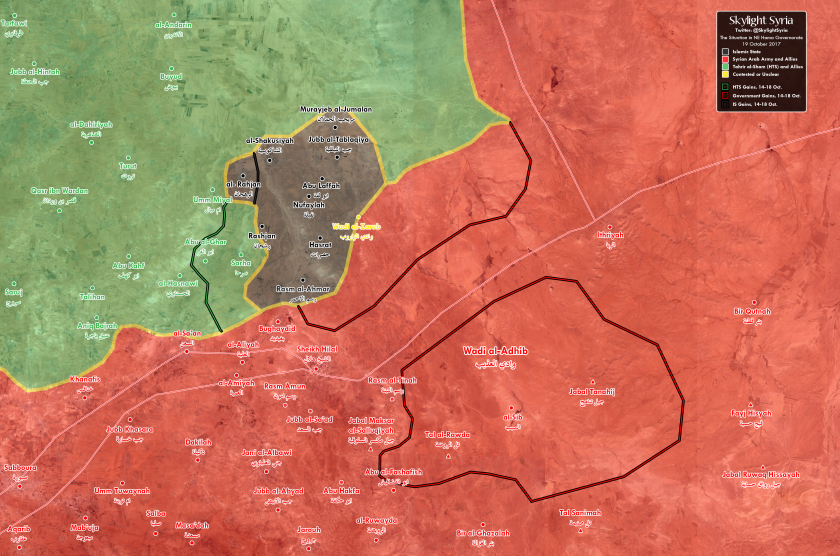
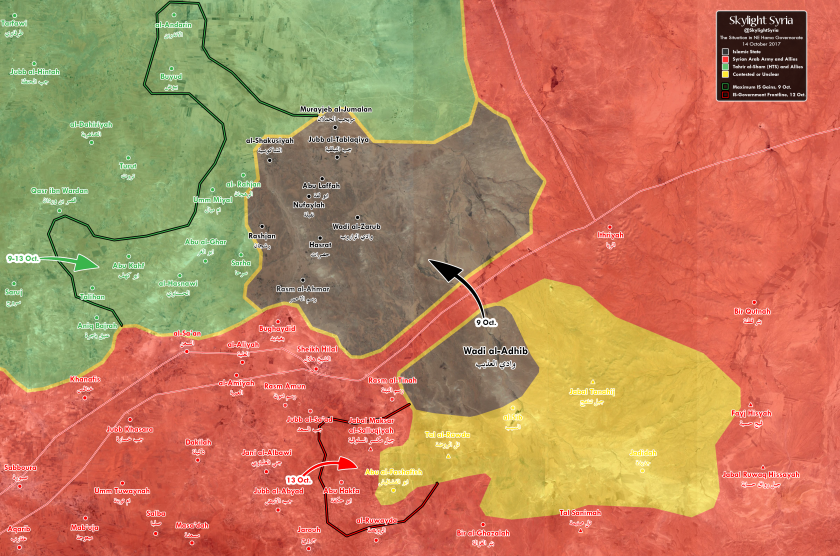 The following is a follow-up to a
The following is a follow-up to a 